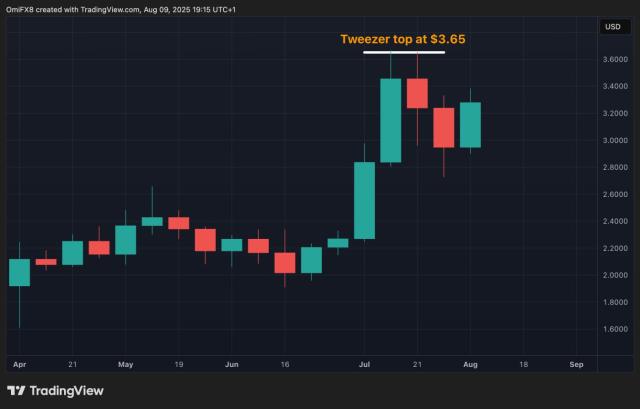Chainfeeds Briefing:
How Large is the 401(k) Volume? What Impact Does It Have on Crypto?
Article Source:
https://foresightnews.pro/article/detail/88801
Article Author:
Foresight News
Perspective:
Foresight News: According to Bloomberg, US President Trump plans to sign an executive order on Thursday that will allow alternative assets such as private equity, real estate, and cryptocurrencies to be included in 401(k) retirement savings plans. This plan currently has a volume of $12.5 trillion and is the primary retirement savings mechanism provided by US employers. According to informed sources, the executive order will instruct the Department of Labor to re-examine the guidelines for alternative asset investments in retirement plans constrained by the Employee Retirement Income Security Act (ERISA) of 1974, while clarifying its fiduciary positioning in providing multi-asset allocation funds. More notably, Trump specifically requested that the Department of Labor collaborate with agencies such as the Treasury Department and the Securities and Exchange Commission (SEC) to assess whether rules need to be modified and to facilitate channels that allow participants to incorporate alternative assets into their self-managed retirement accounts. The establishment of this cross-departmental collaborative mechanism is clearly intended to break through existing regulatory barriers and open the door for large-scale compliant entry of alternative assets. The 401(k) plan allows employees to save a portion of their wages in a dedicated account for retirement and enjoy employer-matched contributions, with funds investable in financial products such as funds and stocks. The employee contribution limit for 2025 is $23,500, with additional contributions allowed for those over 50, and the total combined employer and employee contributions can reach up to $70,000. As a core component of the US retirement system, 401(k) accounts had accumulated assets of $8.7 trillion as of March 2025. Assuming 1% of 401(k) funds are allocated to crypto assets, this would bring potential inflows of approximately $87 billion. At current prices, if fully invested in Bitcoin, this would create demand for about 748,000 BTC; if fully invested in Ethereum, the demand would be 22.6 million ETH. Such a scale of capital injection would significantly boost the status of crypto assets in the mainstream financial system, with strategic significance for market liquidity and long-term value construction. However, it is not yet clear whether the executive order will set investment proportions, restrict cryptocurrency types, or establish risk exposure caps. Trump's move is seen as a continuation of policies from his first term, when the Department of Labor briefly relaxed retirement account investment restrictions, which were later revoked by the Biden administration. This executive order goes further, not only expanding the asset range but also emphasizing multi-departmental policy coordination, sending a strong supportive signal. From a macro perspective, the order is viewed by the crypto community as an important node for mainstream finance to accept digital assets, potentially bringing long-term funding sources to the alternative asset industry. However, risks cannot be ignored. Alternative assets have poor liquidity and high volatility, which naturally conflicts with the goal of stable retirement fund growth. Most working-class individuals lack the ability to discern, potentially relying on employer-recommended packaged products, which could hide risks of liability transfer. Without proper regulation, financial institutions might over-package high-risk assets driven by interests. Additionally, Trump has recently proposed establishing a Bitcoin strategic reserve, signing the GENIUS Act, and promoting stablecoin legislation, which, combined with his family enterprise's involvement in crypto projects, has raised market concerns about political-commercial connections. The $12.5 trillion 401(k) pie may become the focus of a new round of capital competition.
Content Source








